When looking at dry and wet carbon fiber, they are made differently and work differently in the realm of carbon fiber manufacturing. Dry carbon fiber is made with resin already inside the material, which makes it lighter and stronger. On the other hand, wet carbon fiber is produced using a wet process. It costs less but is not as high-quality.
In carbon fiber manufacturing, dry carbon fiber is created with very strict rules. For example, the temperature is maintained within ±0.5°C during key steps, and timing is controlled to less than a 5% difference. These meticulous steps help avoid mistakes and enhance durability. Wet carbon fiber, while cheaper, lacks this level of precision. It works better for projects that don’t require super strength.
Choosing between these two types of carbon fiber depends on your specific needs. If you want strength and a long-lasting material, dry carbon fiber is the superior choice. However, if you need to save money, wet carbon fiber is a viable option.
Key Takeaways
-
Dry carbon fiber is lighter and stronger than wet carbon fiber. It works best for high-performance uses like racing or aerospace.
-
Wet carbon fiber costs less and is good for simpler projects. It’s often used for furniture or making prototypes.
-
Picking the right carbon fiber depends on your project’s needs, cost, and how long it should last.
-
Making dry carbon fiber needs careful steps, but wet carbon fiber is easier to make and more flexible.
-
Taking care of carbon fiber can make it last longer. Dry carbon fiber is tougher and lasts better with care.
Understanding Dry and Wet Carbon Fiber
What Is Dry Carbon Fiber?
Dry carbon fiber is a top-quality material. It is very strong and lightweight. It is made using special carbon sheets with resin already inside. These sheets are cured in a vacuum or autoclave. This process makes it very precise and consistent. Dry carbon fiber is about 60% lighter than wet carbon fiber. It also has very few flaws, making it the best option. But, it is expensive, costing three to four times more than wet carbon fiber.
|
Feature |
Description |
|---|---|
|
Manufacturing Process |
Made with pre-preg carbon sheets, cured in a vacuum. |
|
Weight Comparison |
About 60% lighter than wet carbon fiber. |
|
Cost Comparison |
Costs three to four times more than wet carbon fiber. |
|
Quality |
Best quality with very few flaws. |
What Is Wet Carbon Fiber?
Wet carbon fiber is a cheaper option. It is used for projects that don’t need high strength. It is made by adding resin to carbon fabric during production. This process is less accurate than dry carbon fiber. Wet carbon fiber is heavier and not as strong. Still, it is a good choice for saving money on less demanding projects.
-
Wet carbon fiber is heavier and weaker than dry carbon fiber.
-
It is cheaper and works well for simple projects.
Key Differences in Resin Application
How resin is used changes the properties of carbon fiber. Wet carbon fiber has more resin added during production. This makes it heavier and less strong. Dry carbon fiber uses less resin, making it stronger and stiffer. Dry carbon fiber is great for high-performance needs. Wet carbon fiber is better for saving money.
|
Properties |
Wet Carbon Fiber |
Dry Carbon Fiber |
|---|---|---|
|
Manufacturing Process |
Resin added during production |
Resin already inside before curing |
|
Resin Content |
More resin, heavier material |
Less resin, stronger material |
|
Strength |
Less strong, more flexible |
Very strong and stiff |
|
Applications |
Boats, sports gear, simple projects |
Cars, buildings, energy projects |
Carbon Fiber Manufacturing Processes
Dry Carbon Fiber Manufacturing
Resin Infusion and Pre-Impregnation
Dry carbon fiber is made using a detailed process. The material starts as pre-preg carbon sheets. These sheets already have resin inside them. This ensures the right amount of resin is used. It makes the carbon fiber strong and long-lasting. This method also keeps the material light, perfect for high-performance uses.
Main advantages of this process:
-
Very strong and stiff material.
-
Even resin and fiber placement.
-
Strong and durable structure.
Autoclave Curing Process
After adding resin, the material is cured in an autoclave. Heat and pressure are carefully applied to harden the material. This step removes air bubbles that can weaken it. The temperature is controlled within ±0.5°C, and timing is very precise. This process creates parts that are strong and reliable.
Wet Carbon Fiber Manufacturing
Wet Lay-Up Process
Wet carbon fiber is made with a simpler method. Resin is added by hand to carbon fabric during production. This allows for more choices in resin and curing speed. But it often leads to more resin being used, making the material heavier. This method is less exact but cheaper for projects that don’t need top-quality carbon fiber.
Hand-Laminating Techniques
Hand-laminating is often used in wet carbon fiber production. Layers of resin and fabric are added by hand. This makes shaping easier for complex designs. While it improves strength and spreads resin evenly, it has downsides. It takes longer to cure and adds weight, which isn’t ideal for lightweight needs.
Efficiency and Quality Comparison
The way carbon fiber is made affects its quality and efficiency. Dry carbon fiber is more precise because of its controlled resin infusion and curing. Wet carbon fiber is more flexible and cheaper but not as strong or durable.
|
Metric |
Value |
|---|---|
|
Temperature control |
±0.5°C |
|
pH control |
±0.1 units |
|
Pressure monitoring |
±5 psi |
|
Timing control deviation |
±5% |
Dry carbon fiber sticks to these strict rules, making it high quality. Wet carbon fiber is less exact but works well for saving money.
Durability and Performance Characteristics
Strength and Weight Differences
Dry and wet carbon fiber differ in strength and weight. Dry carbon fiber is very strong and light. Its resin is applied carefully, making it stiff and durable. This makes it great for high-performance uses. Wet carbon fiber is heavier and not as strong. It is better for projects where saving money matters. If you need strong and light material, dry carbon fiber is the best choice.
Environmental Resistance
UV and Weather Resistance
Dry carbon fiber handles sunlight and bad weather better. Its resin is spread evenly, protecting it from UV rays. Wet carbon fiber can break down faster in sunlight. This happens because its resin is not applied evenly. For outdoor use, dry carbon fiber lasts longer.
Moisture and Temperature Resistance
Moisture and heat changes can harm carbon fiber. Dry carbon fiber does not soak up water. It stays strong in hot or cold conditions. Wet carbon fiber can swell or weaken when wet. If your project faces heat or humidity, dry carbon fiber is more dependable.
Longevity and Maintenance
Dry carbon fiber needs little care because it is very durable. Cleaning and checking it often is enough to keep it in good shape. Wet carbon fiber needs more care to avoid damage from sunlight or water.
To make carbon fiber last longer, follow smart maintenance steps. For example, regular checks can cut waste by 35% and complaints by 50% in 18 months.
|
Strategy |
Result |
|---|---|
|
Ongoing Training |
Keeps skills sharp and improves quality |
|
Regular Checks |
Focuses on key performance areas |
|
Link Goals to Business Needs |
Gains management support and attention |
|
Celebrate Wins |
Rewards teams for making improvements |
|
Case Study |
Cut waste by 35% and complaints by 50% in 18 months. |
Using these tips helps carbon fiber parts last longer and work better.
Cost Considerations in Carbon Fiber Manufacturing
Material and Production Costs
The cost of making carbon fiber depends on materials and methods. PAN silk, a key material, makes up over half the cost. Steps like carbonization and pre-oxidation also add to expenses. These steps make the material strong and long-lasting.
|
Component |
Cost (USD/kg) |
Percentage of Production Cost |
|---|---|---|
|
PAN Raw Silk |
11.11 |
51% |
|
Carbonization Process |
5.12 |
N/A |
|
Pre-Oxidation Process |
3.40 |
N/A |
|
Average Price in Market |
28.00 |
N/A |
Other costs include shipping and insurance. Direct materials, like carbon sheets, have one purpose. Indirect materials, like tools, are used for many tasks. Knowing these costs helps companies plan budgets better.
Labor and Time Requirements
Labor and time are big factors in carbon fiber costs. Making dry carbon fiber needs skilled workers and careful methods. This raises labor costs. Wet carbon fiber is simpler to make, so it costs less to produce.
|
Company |
Strategy Used |
Results |
|---|---|---|
|
Everbuild |
Time tracking with Hubstaff |
Saved 1-2 hours of work every two weeks |
|
Love Furniture |
Time tracking for remote work |
Reduced actual labor costs in e-commerce |
Using tools to track time can save money. For example, companies using time tracking software save hours and cut costs.
Cost-Effectiveness for Different Applications
Choosing between dry and wet carbon fiber depends on your needs. Dry carbon fiber is stronger and lasts longer but costs more. It’s great for cars and planes. Wet carbon fiber is cheaper and works for items like prototypes or everyday products.
Think about things like energy, shipping, and production costs. These affect the final price and help you pick the right option.
|
Cost Factor |
Description |
|---|---|
|
Operating Costs |
Includes costs related to production operations. |
|
Logistics |
Covers transportation and distribution expenses. |
|
Utilities |
Encompasses energy and water costs necessary for production. |
|
Raw Material Requirements |
Details the costs associated with sourcing raw materials for production. |
Tip: Balance quality and budget to get the best value.
Applications of Dry and Wet Carbon Fiber
Dry Carbon Fiber Applications
Aerospace and Automotive Uses
Dry carbon fiber is very important in planes and cars. It is light and strong, making it great for airplane parts like wings and tails. These parts are lighter but still very strong, helping save fuel and stay safe. In cars, dry carbon fiber is used for body parts and inside pieces. It makes cars safer, faster, and use less gas. You’ll see it in race cars and planes where strength and precision matter most.
High-Performance Sporting Equipment
Dry carbon fiber is also used in sports gear. Items like tennis rackets, hockey sticks, and bike frames are made from it. This material is stiff and lasts a long time, helping athletes perform better. For example, a bike frame made from dry carbon fiber is lighter and easier to control. Athletes love it because it helps them compete at their best.
Wet Carbon Fiber Applications
Consumer Goods and Prototyping
Wet carbon fiber is cheaper and good for everyday items. It’s used in furniture, decorations, and test models for new designs. The wet process allows for shaping into different forms. While not as strong as dry carbon fiber, it works well for projects where saving money is more important than strength.
Low-Cost and Non-Critical Projects
Wet carbon fiber is perfect for simple and low-cost projects. It is used in construction and boats for things like strengthening concrete or making lightweight watercraft. It’s affordable and easy to make, so it’s chosen for projects that don’t need super-strong materials.
|
Industry |
Applications |
Advantages |
|---|---|---|
|
Automotive |
Body parts, inside pieces, and supports |
Better car safety, speed, and fuel savings |
|
Aerospace and Aviation |
Airplane parts like wings and tails |
Light but strong, saves fuel and stays safe |
|
Marine |
Boats and yachts |
Resists rust and tough weather |
|
Sports and Recreation |
Gear like rackets, bikes, and hockey sticks |
Strong, lasts long, and improves performance |
|
Construction |
Strengthening concrete and bridges |
Strong and resists rust for safer buildings |
Choosing the Right Carbon Fiber for Your Needs
Think about what your project needs before picking carbon fiber. Dry carbon fiber is strong, light, and lasts long, making it great for high-performance uses. Wet carbon fiber is cheaper and good for simpler projects. Compare things like material, how it’s made, and cost versus quality. For example, if you need strong, light parts for racing, choose dry carbon fiber. But for decorations or test models, wet carbon fiber is a better, cheaper choice.
|
Criteria |
Description |
|---|---|
|
Material Comparisons |
How carbon fiber compares to aluminum, Kevlar, fiberglass, and titanium. |
|
Manufacturing Processes |
How methods like autoclave and vacuum infusion affect strength, weight, and cost. |
|
Performance & Durability |
How it works in real-life uses like racing or daily driving. |
|
Aesthetic Choices |
Different looks and styles, including factory-made or custom options. |
|
Cost vs. Quality |
Comparing expensive and budget-friendly carbon fiber for value. |
Tip: Match your budget with what your project needs to get the best results.
When picking between dry and wet carbon fiber, think about your project. Dry carbon fiber is very strong and lasts a long time. It’s great for things like planes or cars that need high performance. But it costs more and takes more work to make. Wet carbon fiber is cheaper and works for simpler things. It’s good for items like furniture or test models where saving money is key. Look at your budget, what you need it to do, and how you’ll use it. This will help you pick the best carbon fiber for your project.


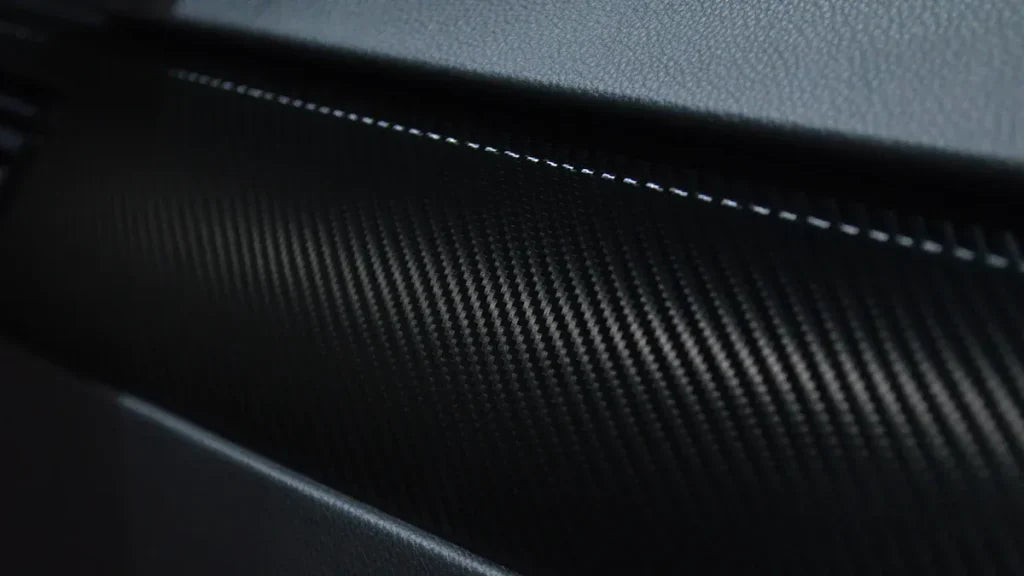
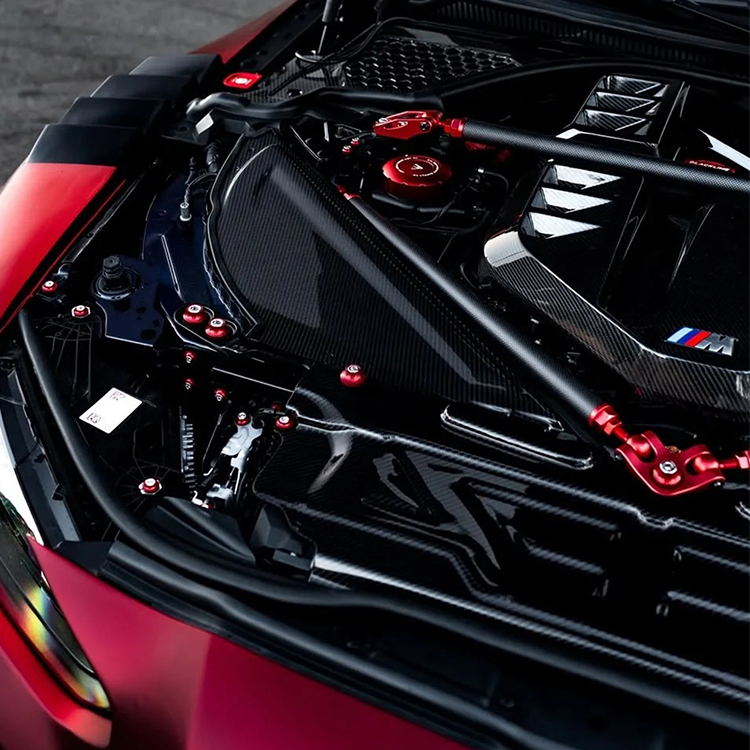
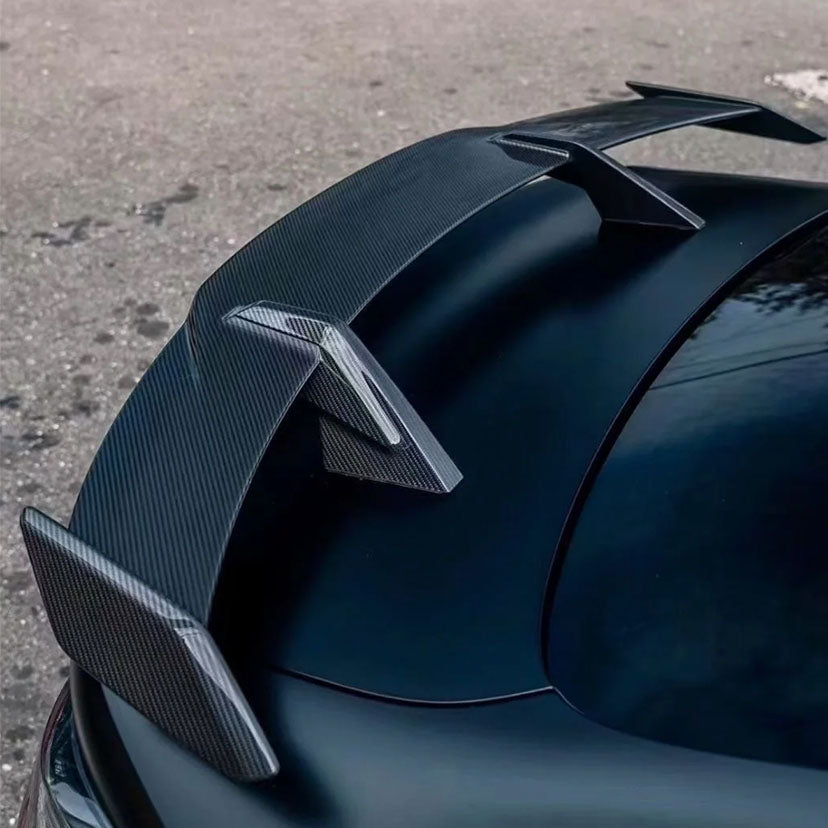
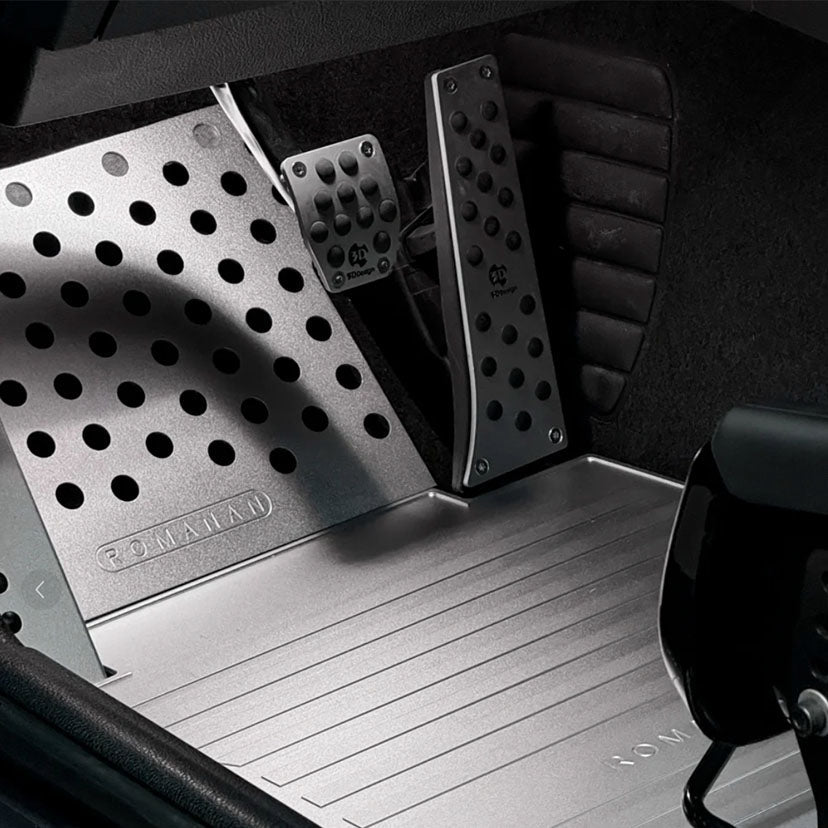
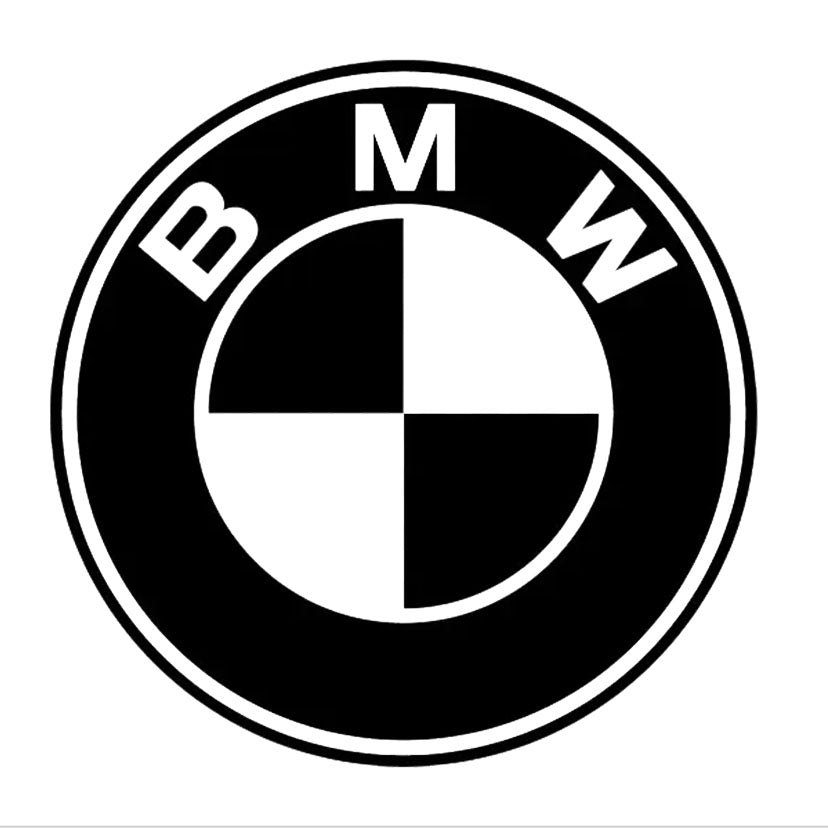
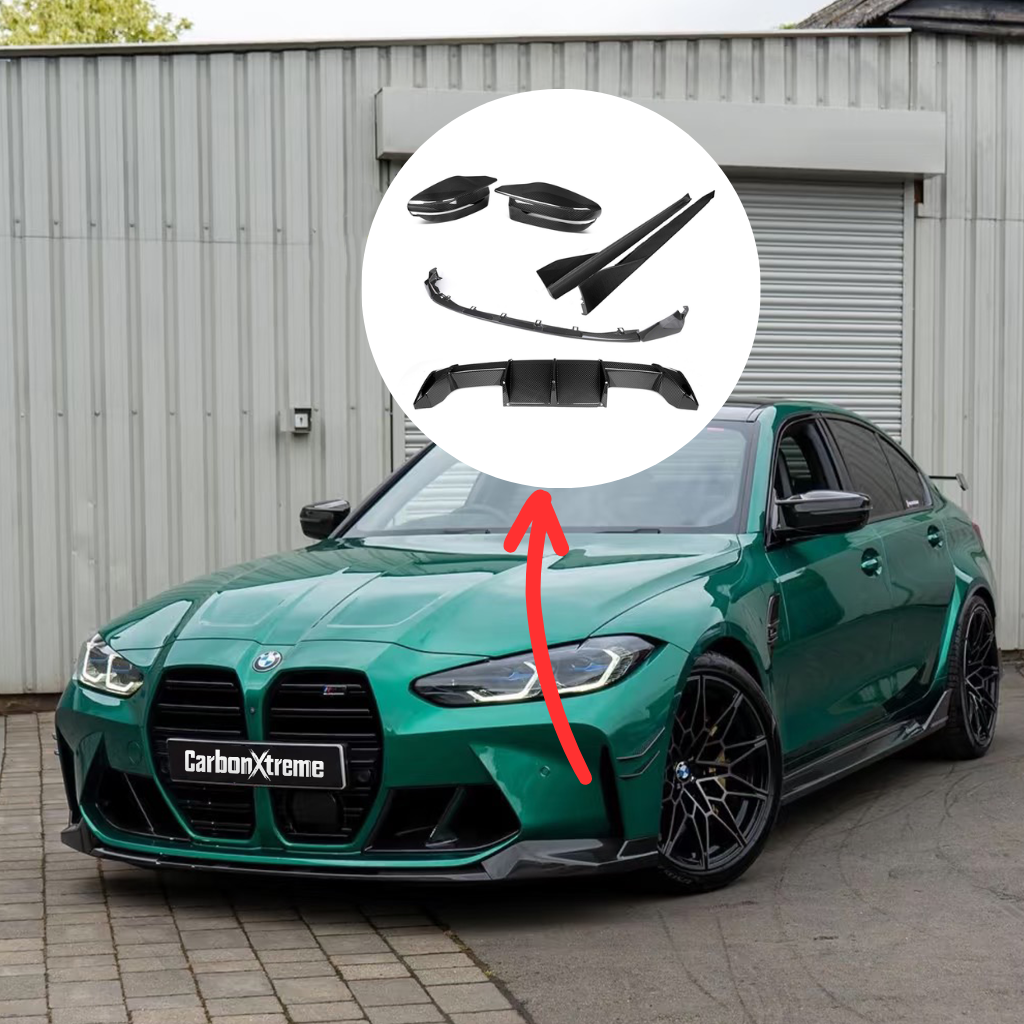
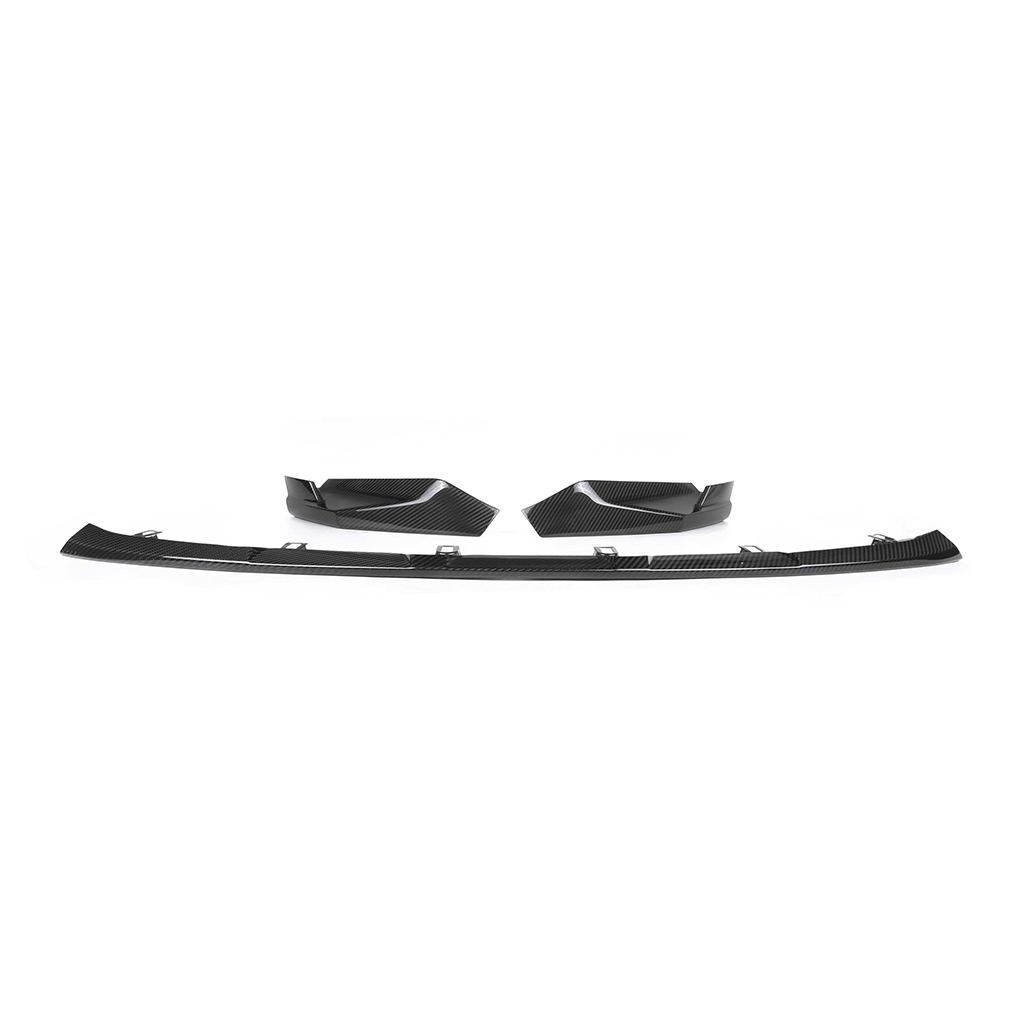
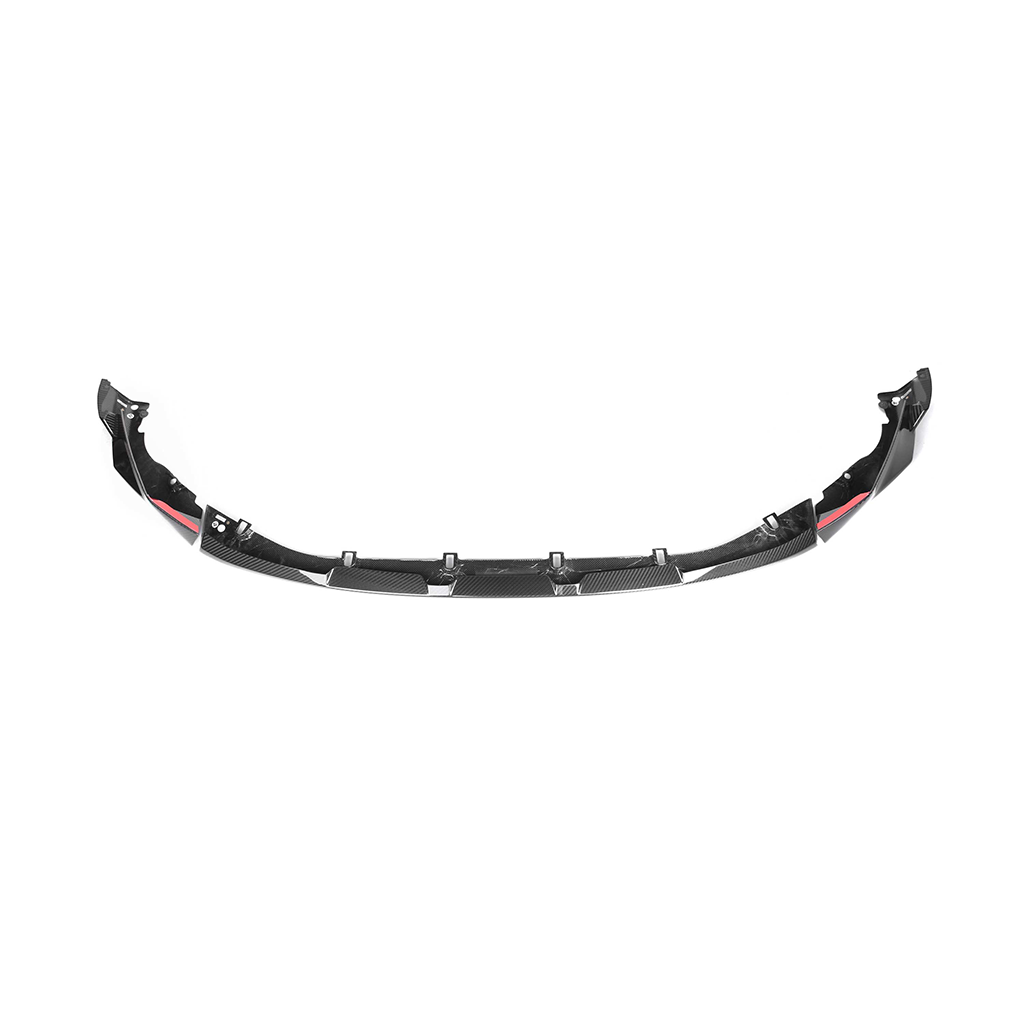
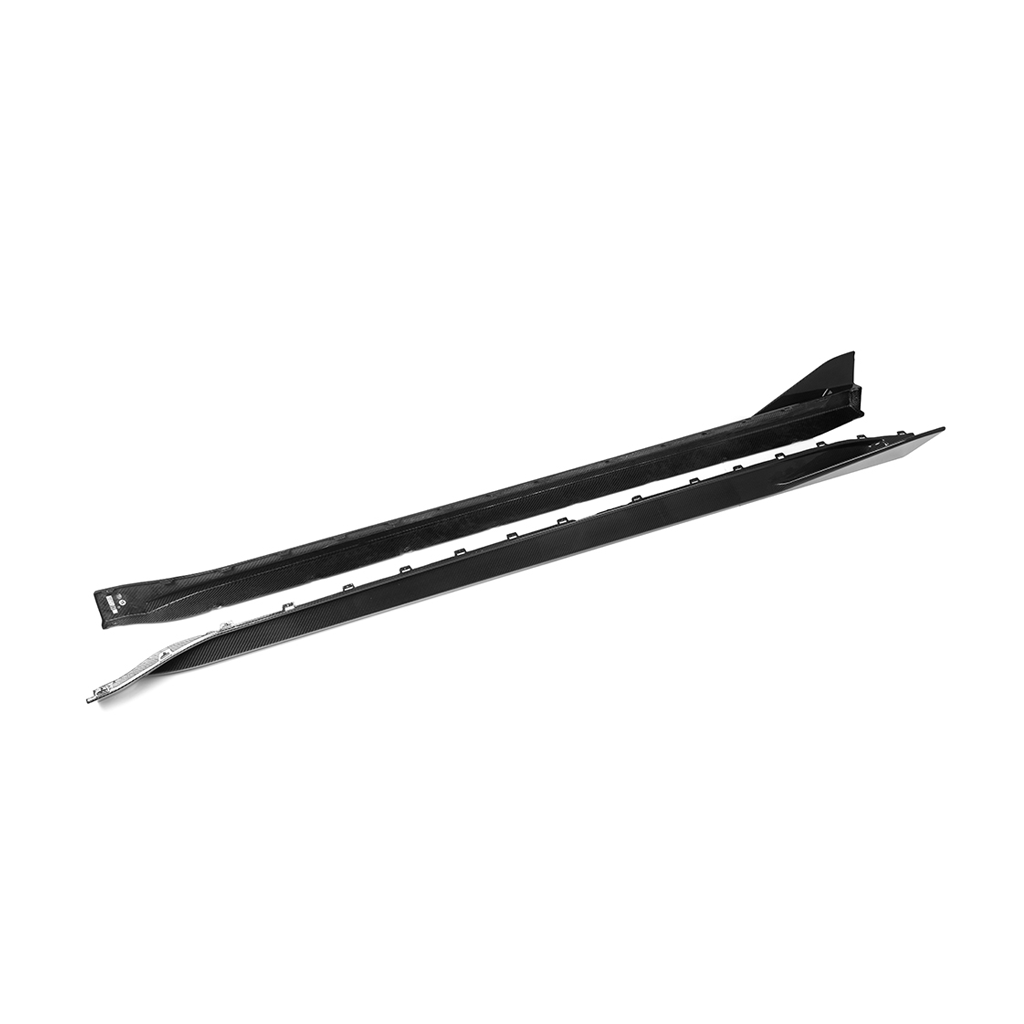
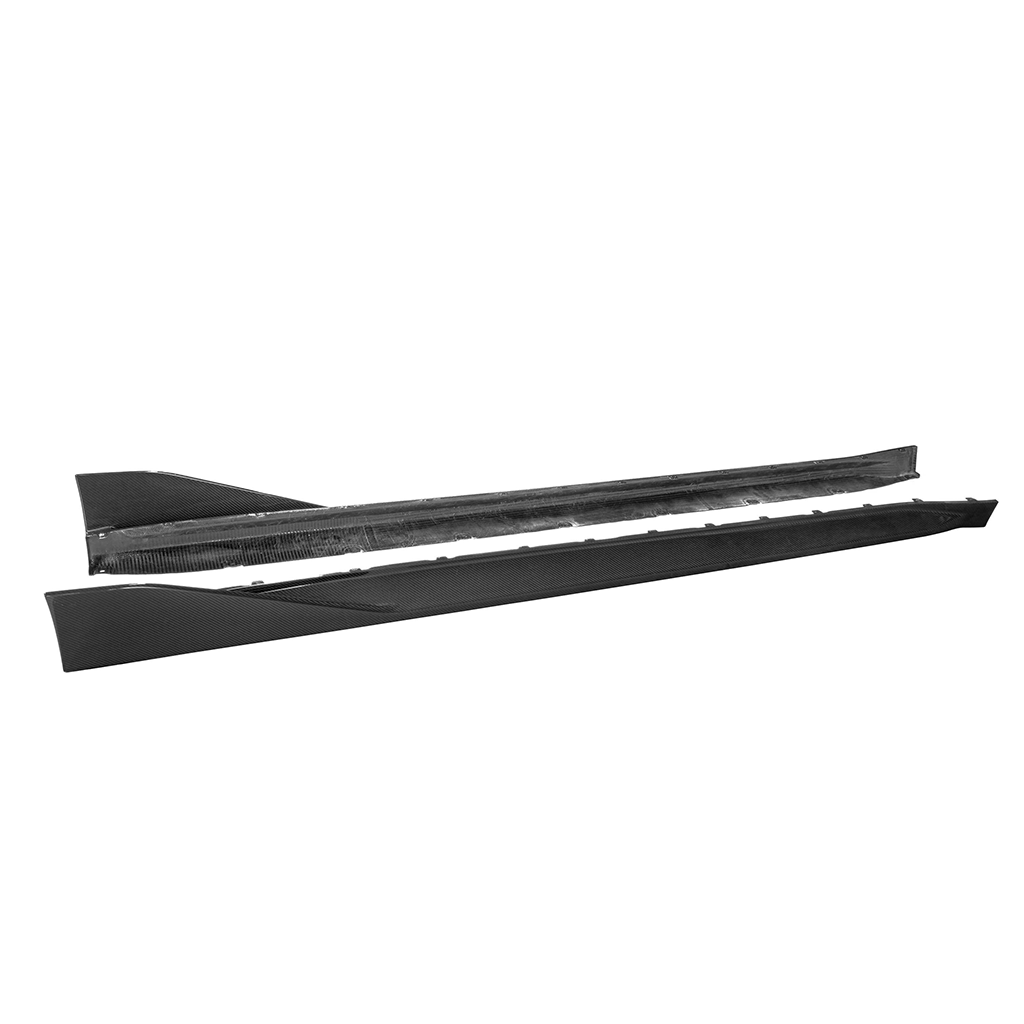
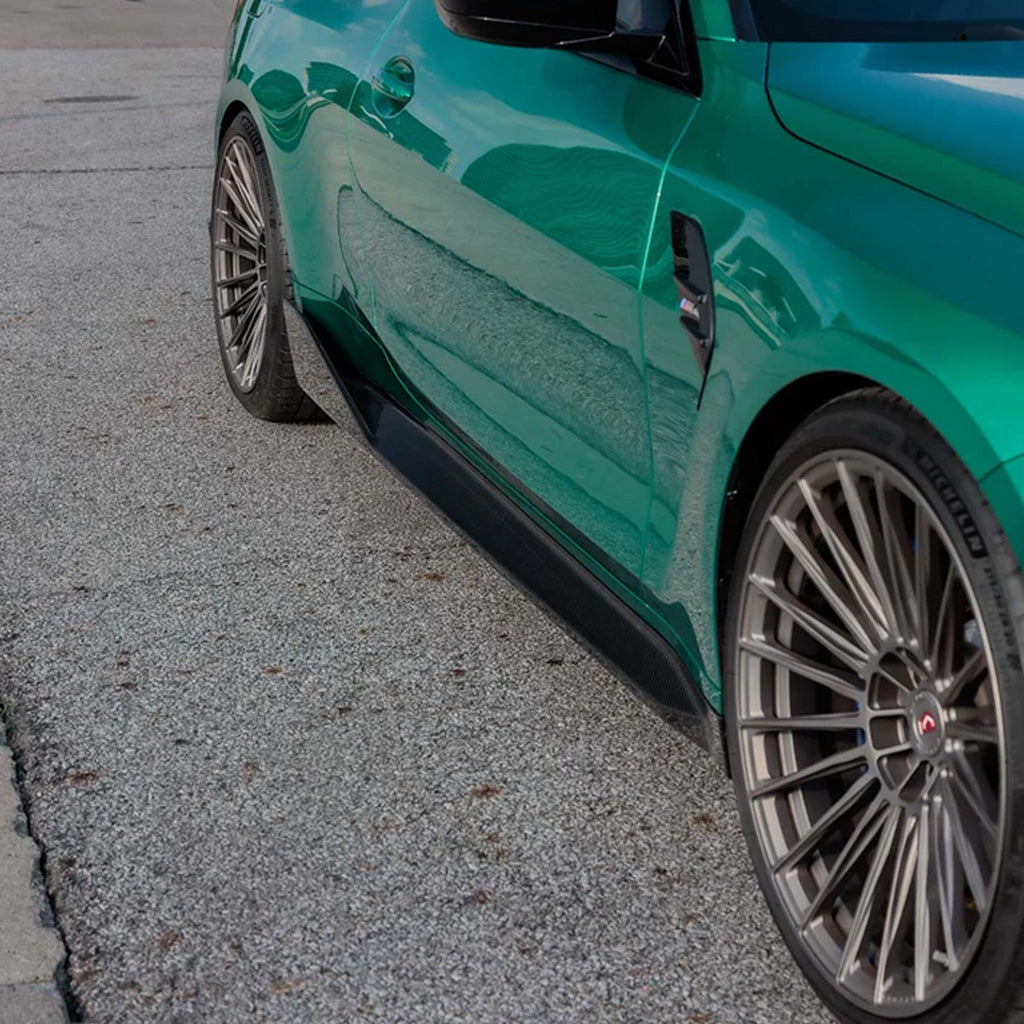



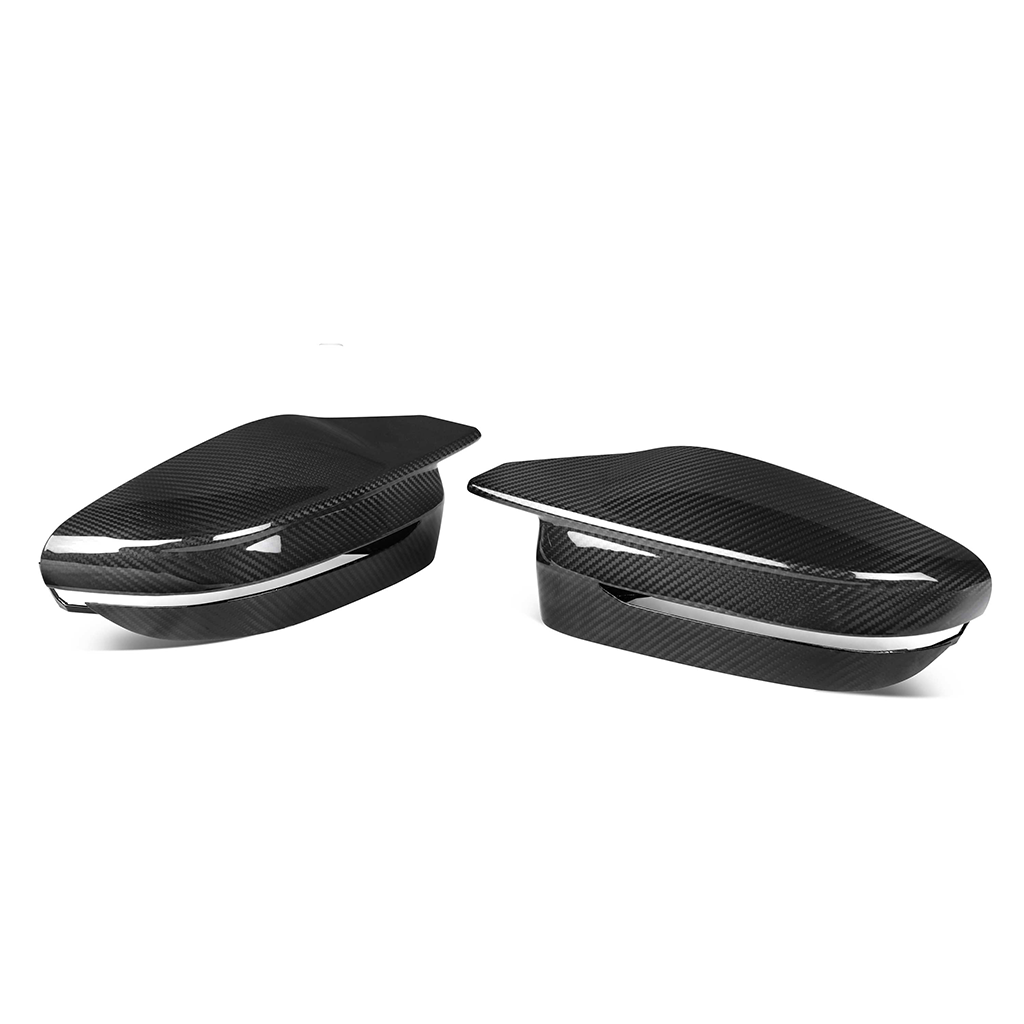
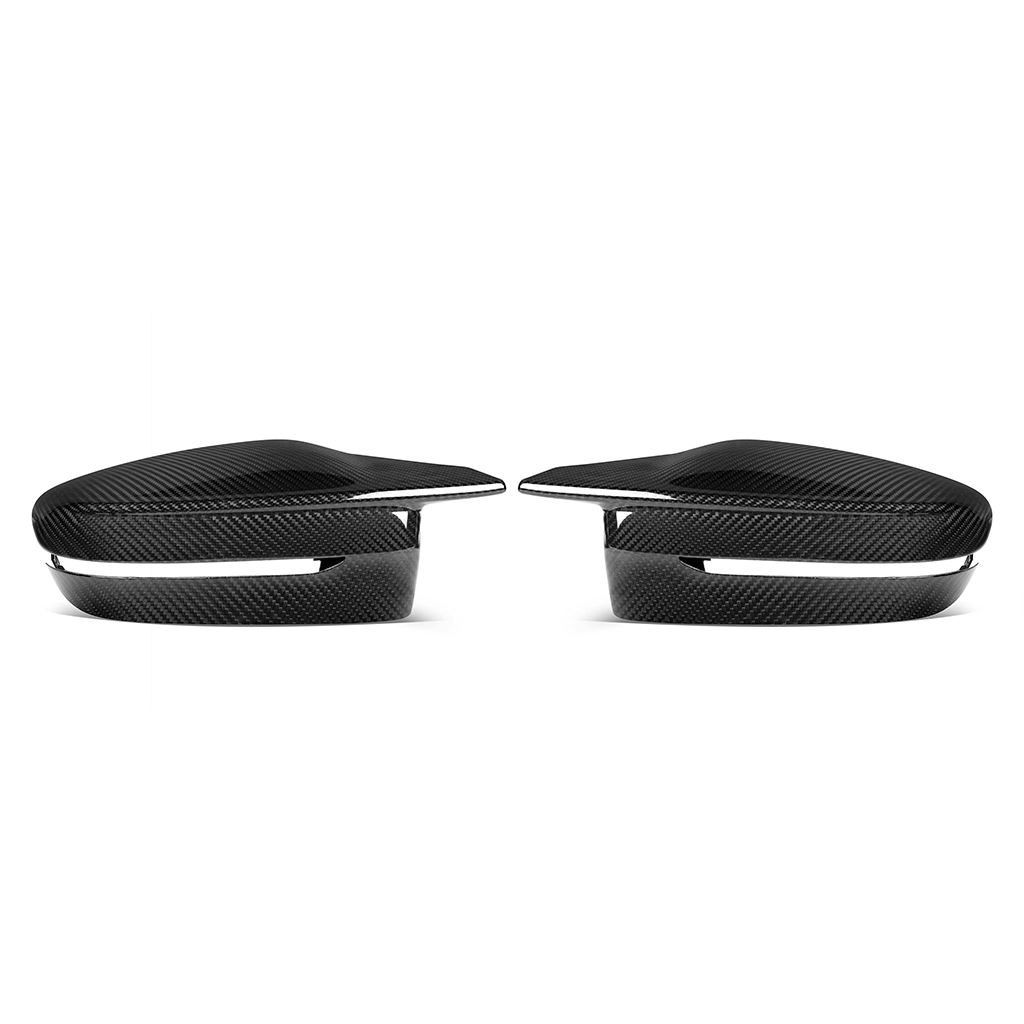
Share:
What Makes Dry Carbon Fiber Surface Finishes Unique Compared to Wet
Carbon Fiber Curing Trends to Watch in 2025